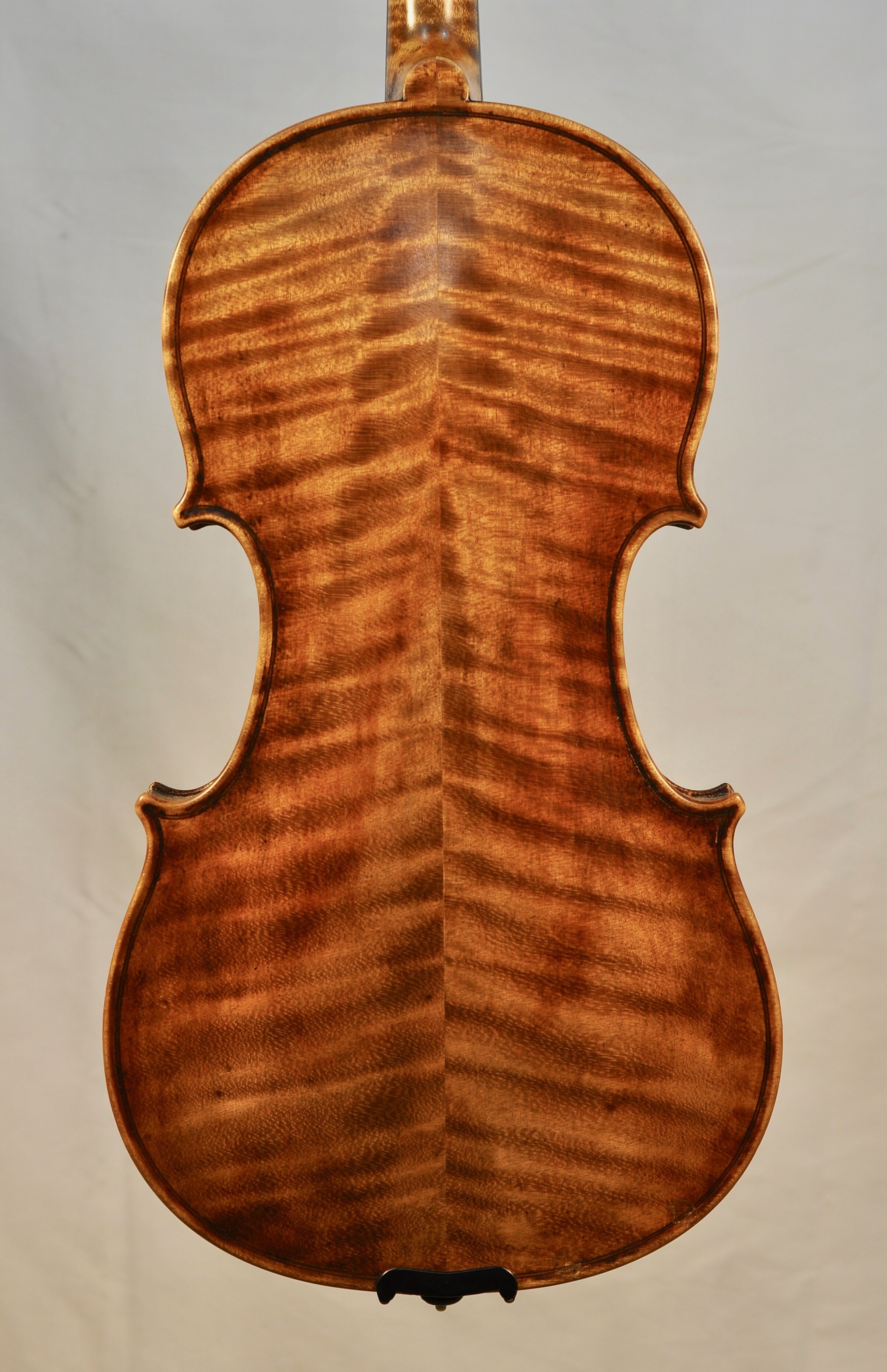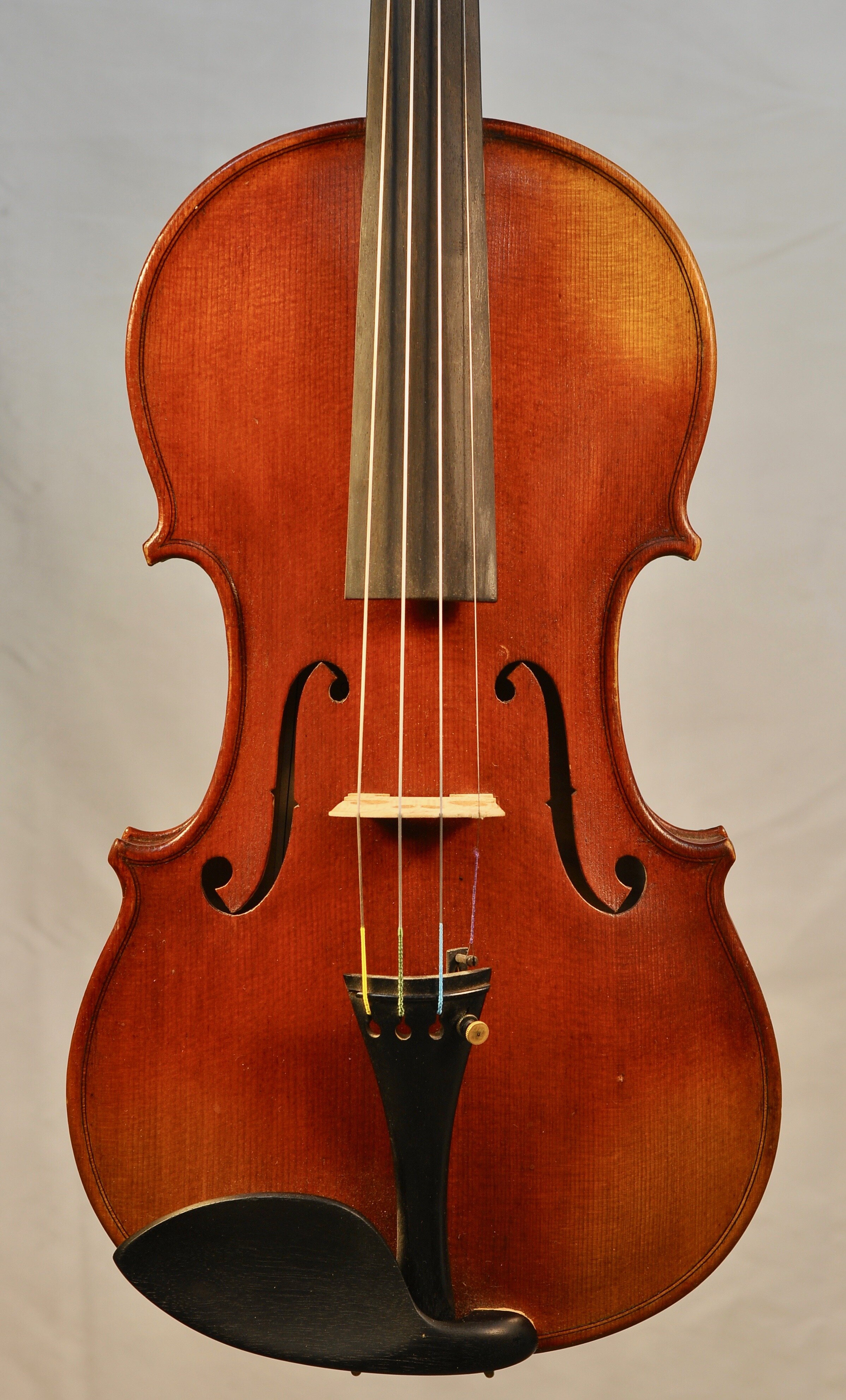Common questions when people start the process of acquiring a violin often are along the lines of: how much does a good violin cost, and, how much should I spend on a violin?
These two questions are very closely related. The first question, regarding what a good violin should cost, depends on several variables. A good violin for a twelve year old moving into their first full size violin won’t be the same instrument that a conservatory student or professional symphony violinist will be looking for.
Even young players moving into their first full size violin are not all the same, and therefore will need different instruments. Some young students have been playing for 8 or 9 years, while others for much less time, so not all students moving into their first full size have developed the same technique and sense of sound.
The priority for a student purchasing a violin is that they find something that will not interfere with their ability to make progress as a violinist. While sound is crucial, also imperative are the issues of feel and playability. The string heights at the nut and bridge need to be correct, and the fingerboard should be properly planed. Another important issue is the size and feel of the neck. A violinist with a smaller hand will usually be better served by a violin with a smaller neck, and maybe even an instrument on the smaller side, as measurements of full-size violins can vary a surprising amount. A neck can be easily made smaller while the size of the instrument is fixed.
For the typical student who has played for 3 or 4 years with normal diligence and ability, I recommend beginning the search in the $2,000-5,000 range, and go higher if nothing suitable is found. It is slightly counter-intuitive that less-expensive violins need to be in very good condition, as the cost of repairs can exceed the value of the instrument.
In the $2,000-5,000 range you can expect to find good to very good “trade” instruments and well made individual instruments. (A “trade instrument” is something produced in a large workshop — well-run workshops using good models and materials can produce very fine instruments.)
Below are three examples of the types of violin we offer in the $2-5,000 range.
French violin, Mirecourt, c 1920
Violin by Joseph Schellinger, Lynn, MA
German violin c 1925, Markneukirchen, probably Roth shop
Next, let’s look at what you can get in the $5,000-10,000 range. Here you’ll find some known name makers, like Heberleins and Roths (the higher grade Roths are over $10K), some decent French and American makers, as well as some anonymous instruments of quality. Sometimes there are Italian violins in this range, though of the more commercially produced quality. You might not get a top tier maker in this range, but you can find works by makers who worked with the top tier makers and whose work closely resembles them. Here are some examples;


























